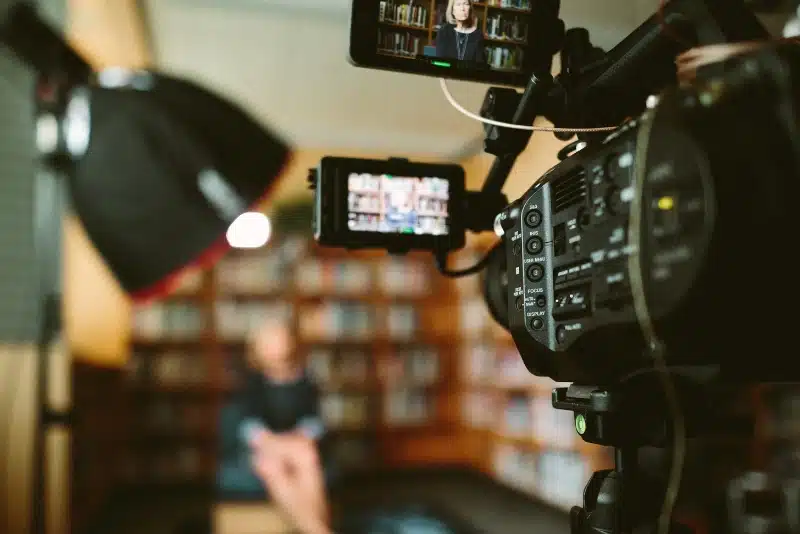A small café in Silver Lake had lots going for it—fresh food, a pretty patio, and loyal regulars.
But the owner, Rachel, had one big problem: not enough new customers. Flyers didn’t help, and ads cost too much and didn’t work. Nothing seemed to fix it.
Then, one day, her barista took a short video on his phone. He filmed their lavender latte as he poured it—slow motion, great lighting, and a wink at the end. They posted it on Instagram with just one hashtag.
The video received over 30,000 views in two days. By the weekend, there was a long line outside the café.
So, what made that one video so powerful?
How does video marketing help brand growth—and why does it seem to work better, faster, and cheaper than traditional methods?
Was Rachel lucky—or can small brands do this, too? Let’s find out.
The Visual Advantage: Capturing Attention in a Crowded Market
Too Much Content, Not Enough Attention
Content is everywhere. Most of it gets ignored. Consumers scroll, swipe, and skip. The text gets skimmed. Static posts? Blink, and they’re gone. Brands fighting for attention need more than clever headlines. They need movement, sound, and emotion.
Why Video Still Owns the Spotlight
Welcome to the “echoverse,” defined by Bowers et al. (2024) as a chaotic digital battlefield where messages evolve in real time through AI, algorithms, and user remixing. Brands no longer own the story—they guide it. Video is the perfect guide. It flows with chaos.
Still wondering how video marketing helps brand growth? Let’s look at what real marketers are doing:
Video Marketing Stats by wyzowl (2025)

- 🏆 89% of businesses use video as a marketing tool
- 🔑 95% say video is a key part of their strategy
- 🧠 37% of non-users don’t know where to start
- ⏰ 26% say lack of time is the biggest barrier
- 💸 11% think it’s too expensive
- ❓ 16% are unsure of ROI
- 🔜 68% of non-users plan to start in 2025
That’s not a trend. That’s a tidal wave.
So, what’s holding you back? Budget? Time? Clarity? Or maybe you’re waiting for permission.
Spoiler: You don’t need it. Video isn’t optional anymore—it’s oxygen.
Building Trust and Credibility Through Authentic Storytelling
Skeptical Audience? No Surprise There
Consumers question everything, especially brands. Flashy logos don’t cut it anymore. People want honesty, story, soul, and, yes, trust.
Why Video Storytelling Works (& What Kind Does)
Kim et al. (2024) ran two experiments on small fashion brands. They tested two video types:
- Identity-focused (think: eco-values, founder mission)
- Product-focused (features, benefits, specs)
What did they find?
- Eco-friendly storytelling increased brand trust—especially when products looked good
- Higher trust led directly to stronger purchase intent
- Founder stories? Meh. They didn’t move the needle on trust
So, what’s the play? Focus less on product specs and more on values your audience cares about.
Effective Strategies:
- Customer Testimonials – Let real users tell your story
- Behind-the-Scenes – Show the mess, not just the polish
- Live Q&A Sessions – Real-time interaction = real connection
Authenticity wins. Identity earns trust. Videos that show who you are—not just what you sell—grow brands. Simple.
Driving Conversions: Turning Viewers into Customers
Engagement Isn’t Sales – Why the Gap?
Getting eyeballs is one thing. Getting wallets open is a different story. Marketers often see high engagement but low conversions. Frustrating, right?
What the Experts Say (Hint: It’s Not All Glitter)
Elder et al. (2025) employed “a unique methodology to identify the efficacy of creative attributes” across 2,308 food and beverage video ads. They used human coding and machine learning—science and tech had a baby—to determine what pushes consumers down the funnel
